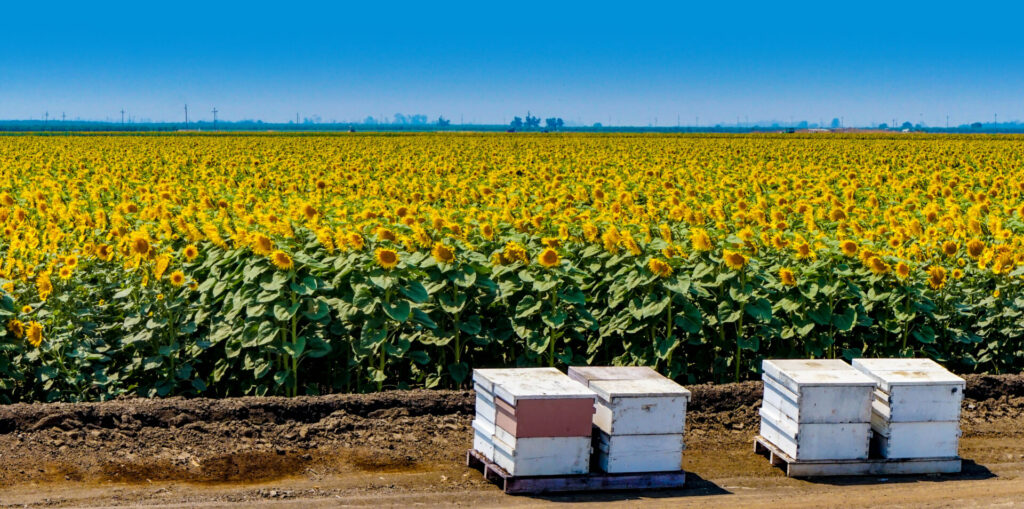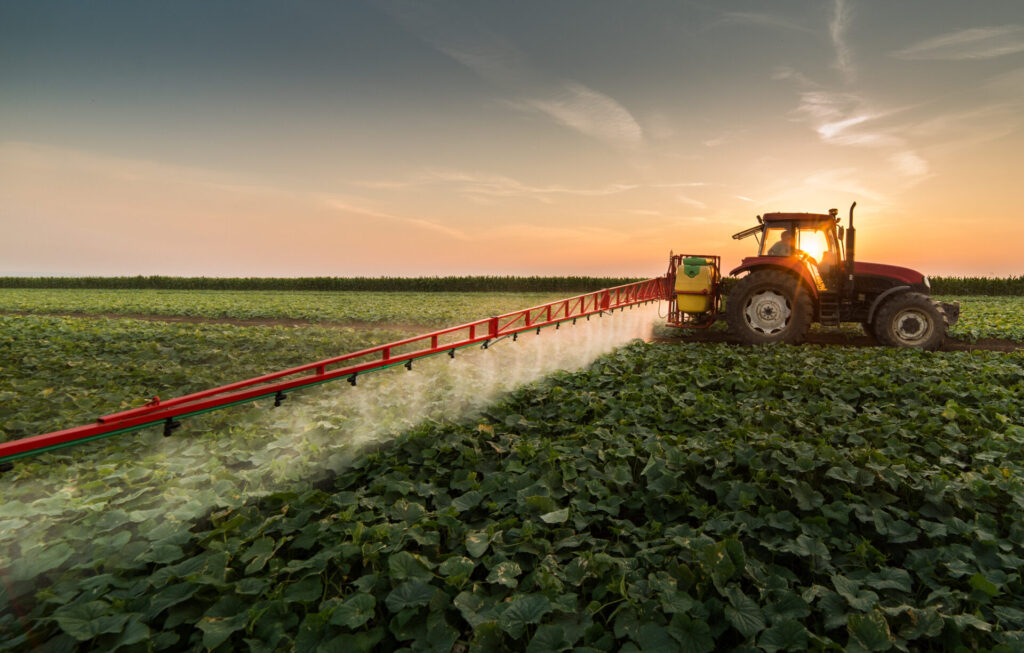Honeybee deaths in the United States have soared to unprecedented levels, with commercial beekeepers reporting the loss of an average of 62 percent of their colonies over the winter, the highest recorded to date.
The staggering figures come from a nationwide survey conducted by nonprofit Project Apis m., which gathered data from 702 respondents responsible for approximately 1.84 million hives, representing around 68 percent of all U.S. colonies.
The losses could significantly impact U.S. agriculture, particularly crop pollination for almonds, fruits, vegetables, and other essential food sources.
‘Initial survey results of colony losses suggest that commercial beekeepers may have lost in excess of 60 per cent of their bees. The scale of these losses is completely unsustainable,” said Zac Browning, a fourth-generation commercial beekeeper and board chairman of Project Apis m.
‘Honeybees are the backbone of our food system, pollinating the crops that feed our nation. If we continue to see losses at this rate, we simply won’t be able to sustain current food production. The industry must look inward and outward for solutions to chronic bee health failure.’
Pollination is critical for food production, according to the U.S. Department of Agriculture, with the agency saying about 35 per cent of the world’s food crops depend on animal pollinators to produce.

Crops that depend on honeybees and other pollinators to grow include fruits, vegetables and nuts including apples, strawberries, cucumbers, avocados, and almonds. Other affected plants include coffee, cocoa and vanilla, according to the USDA.
While colony loss is an expected challenge in beekeeping, this year’s widespread die-off is pushing many commercial operations to the brink. Survey results estimate direct financial losses at $224.8 million, based on a conservative replacement cost of $200 per hive. That figure excludes other major costs such as feed, labour, and medical treatments.
What’s Weakening Honeybees?
For many in the industry, the impact has been catastrophic.
‘We used to bring medium strength colonies here for the winter,’ said an anonymous survey responder. ‘They would build up on natural pollen, and then just before almonds they would be so strong we could split them. Now we bring our strongest colonies here, and they get smaller. What is happening? Our equipment is clean, our wax is new, it’s not mites. Now our strong colonies die, when before our medium colonies could recover.


Over the past decade, annual losses for colonies have typically ranged between 40 per cent and 50 per cent, marking a significant jump this year.
Researchers say a perfect storm of pressures is driving the decline including climate change, pesticide use, habitat destruction, and restrictions on beekeeping in public spaces.
Limited forage also forces beekeepers to rely on artificial feed, which lacks the nutritional benefits of wild pollen and nectar.

However, solutions may exist. Research by Project Apis m. has shown that planting cover crops on farms can offer critical forage for honeybees, especially during peak agricultural seasons.
‘Those who want to support U.S. beekeepers can help by raising awareness, advocating with elected officials, and choosing American-made honey,’ the organisation said. ‘But perhaps the most urgent need is restoring natural forage, one of the greatest threats facing both honeybees and wild pollinators today.’










